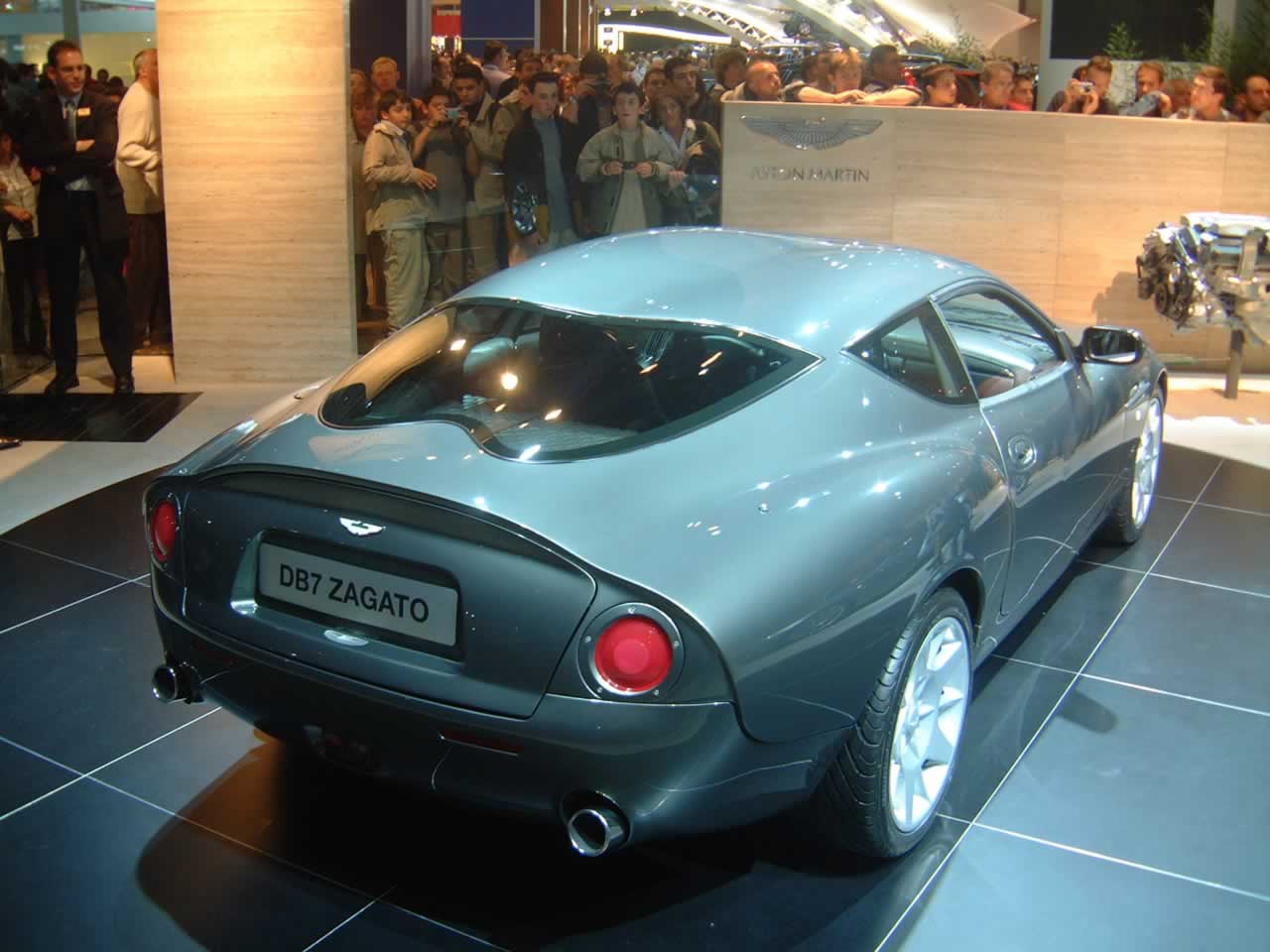The Ford Sky liner’s retractable hide away hard top was one of the most audacious and memorable engineering gimmicks ever to find its way to an American car. A switch on the steering column started three motors that opened up the car’s rear deck, while another motor unlocked the top and another lifted the steel roof and sent it back into the boot space. The whole process took about a minute, but had to be done with the automatic transmission in Park and the engine running. Developed at a cost of $18 million, it was a traffic stopping party trick that required 610 ft (186 m) of electrical wiring and three separate motors yet, remarkably, proved reliable in service. It had its drawbacks; however with the roof retracted there was little luggage space and the complex mechanisms also cut into the Sky liner’s rear leg room. Many admired the Skyliner but few could afford to buy it, and it was dropped from Ford’s price lists after three seasons. The engine was very power with V8 and 5769cc, separate box chassis were included along with the Drum brakes. Three speed automatic and manual transmission was included and a independent suspension in front and rear live axle wheel to make the ride comfortable.
Other than its roof, the Skyliner was a fairly stock Ford vehicle of fashionably vast dimensions, available with a host of V8 engines ranging up to the 300 bhp 5.7 liter unit from the Thunderbird. A total of 12915 examples were built, and survivors are highly prized collectors cars today.






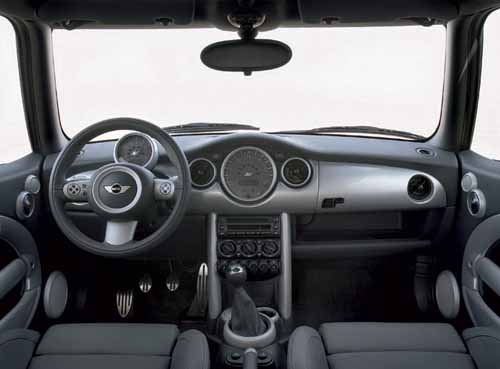










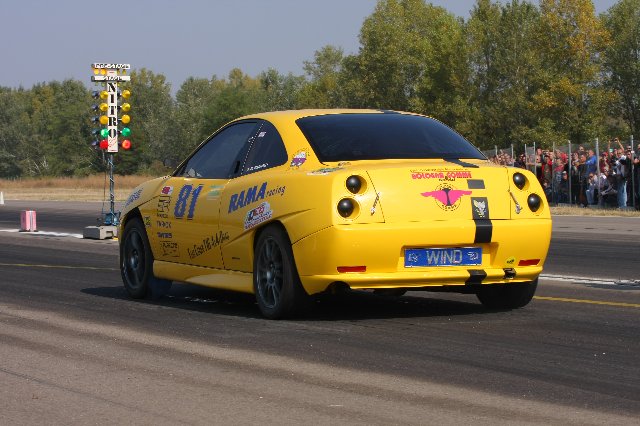














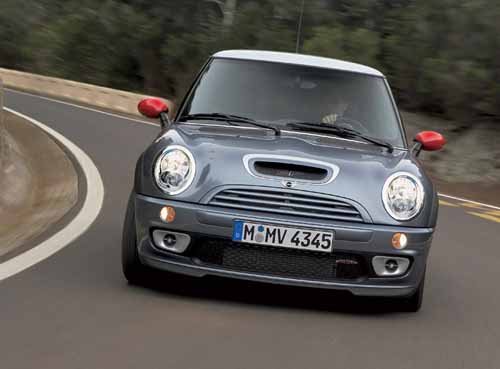
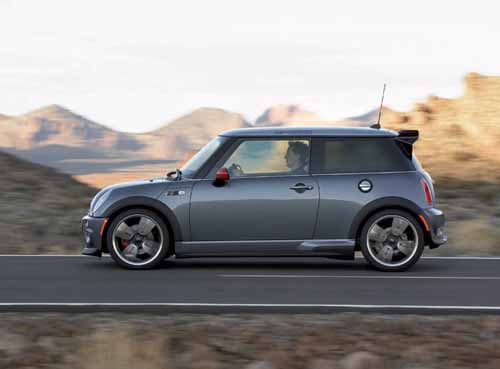
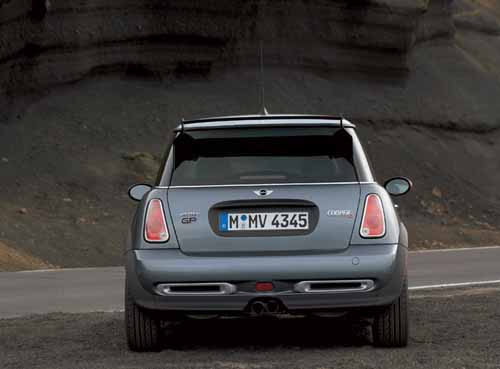
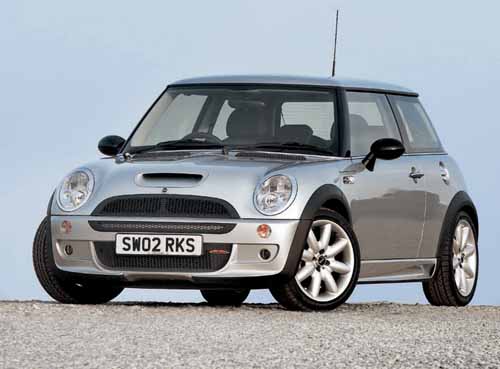




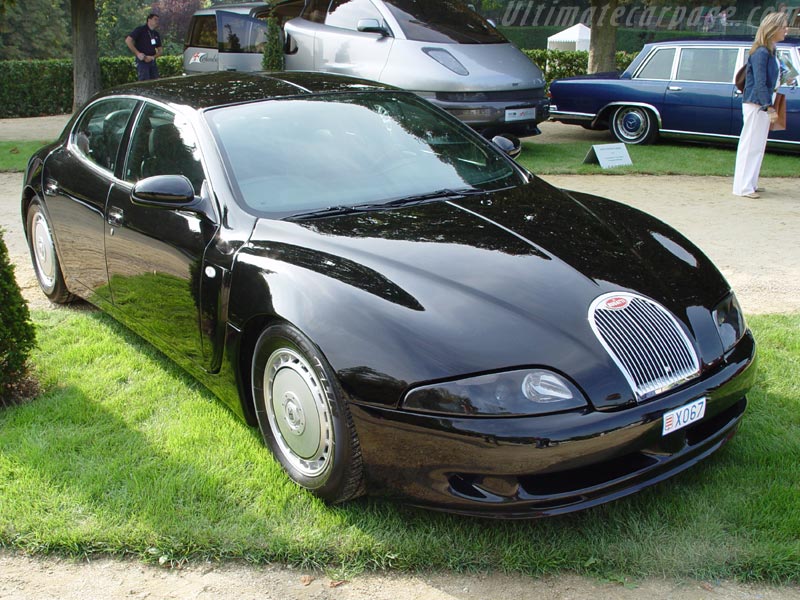
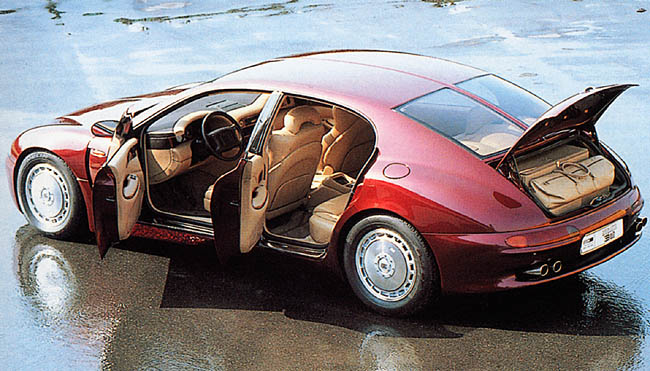










 Aston Martin DB7 Vantage Zagato
Aston Martin DB7 Vantage Zagato